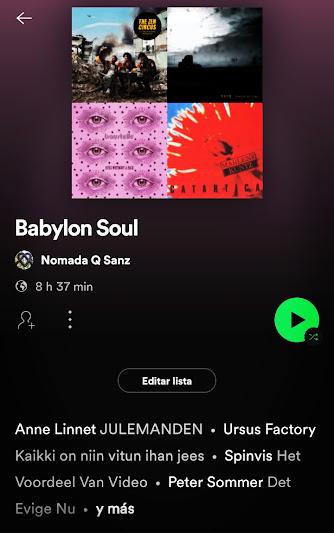In the work of Gothenburg, Sweden-based artist Alexander Jansson, we can observe the influence of a diversity of genres as distant as literature, cinema or painting itself.
Occasional animator (I recommend watching The Curious Kind by clicking HERE), and aesthetically reminiscent of Tim Burton. Like this short animated film, his digital work shows certain parallels.
These works are characterized by being characterized by misplaced and somewhat disconcerting beings. However, they gather the skills to finally end up finding each other, coinciding in space time in similar places.
In nebulous universes, in which after overcoming a thousand avatars they manage to feel comfortable in the presence of others. Who are sometimes visible and sometimes not, weaving their own destiny with dreams.
The carnivalesque elements that he frequently employs, contribute to create a circus atmosphere, in which the range of taciturn and bohemian colors contribute to create compositions through which he conveys a sensation of intensity. Hypnotizing the observer, who is seduced and invited to explore each work in detail.
Although he is mainly known for his commissions for covers and illustration of special editions. Works that over time he has also created his own creative identity as well as his own style that he called Greenpunk.
The one that consists of applying a mixed technique formed by a collage to which he incorporates elements of his photos, models, drawings and paintings that he mixes in the same illustration. Almost handmade works with which she achieves digital images that stand out for being very natural, works that require a considerable investment of time. Completing them by adding scratches, dust and brushstrokes with which he enhances their formal finish in plastic terms.
READ IT IN SPANISH: Alexander Jansson - Circo surrealista con influencias Punk
Founder of his own studio called Sleeping House. Among his many works, the illustration of an anthology of works by Robert L. Stevenson, or the new edition of Anne E. Book of a biographical volume on the life of JRR Tolkien.








.jpg)





.jpg)



.jpg)



.jpg)




.jpg)






.jpg)





















_edit_188822180547080.png)
_edit_8099193296908.jpg)






.jpg)







